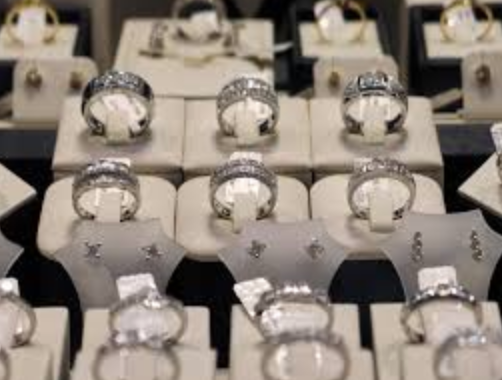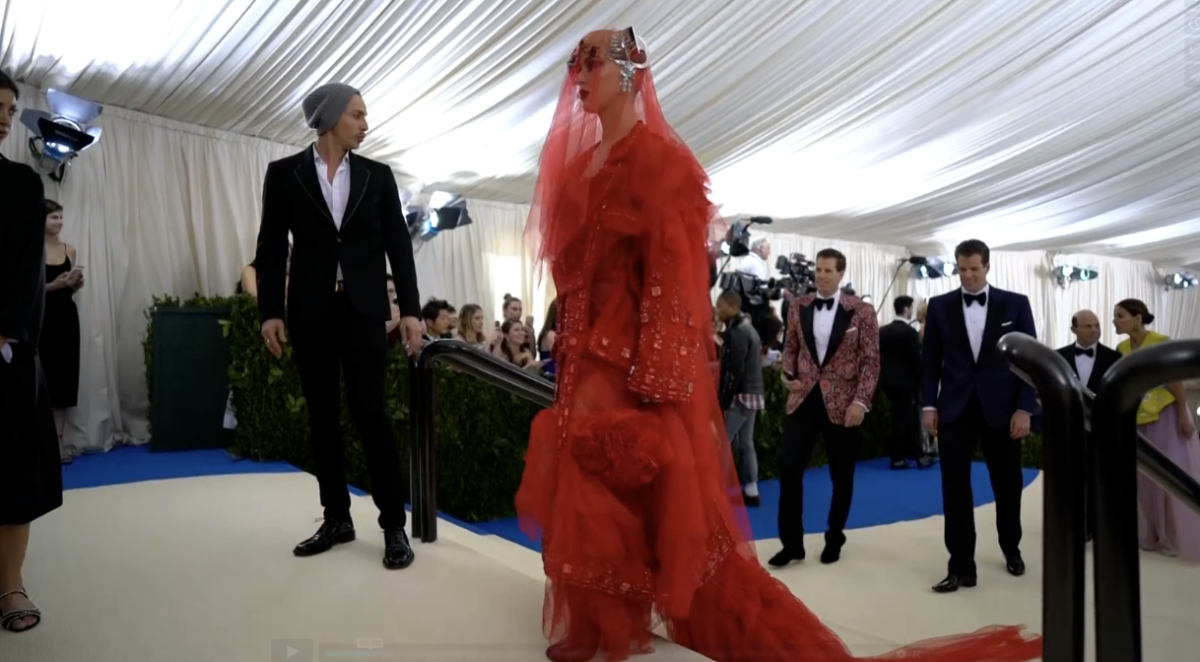
Tracing its history back to the Mediterranean and Iran around 3,330 to 400 BC. At this time, jewelry was crafted from various stones and held significant importance in a spiritual sense.
The jewelry found in today’s stores is strikingly different from that of ancient times, which had intricate designs of stars and flowers, according to SGL-labs.
“When learning about world history last year, we spent a lot of time identifying peoples’ social status,” sophomore Julia McKinnon. “Jewelry helps with that as it varies from class to class, time to time, and person to person,”
Jewelry was commonly worn to identify the status and class of the wearer. While high church-ranking officials adorned themselves in gold as a symbol of wealth and power, slaves were forced to wear bracelets to show who they belonged to, according to The Victoria and Albert Museum.
“It’s interesting to see how the same object could mean totally different things depending on how it is used,” sophomore Winnie Chun said. “It goes to show that something which we might find freeing, someone else can find oppressive,”
In a time like that of medieval Europe (5th-15th century), the social and economic conditions made it difficult for people to make ends meet and focus on the development of art and technology. Because of this, the jewelry worn during this time reflected the difference of nobility and commoners. High-ranking individuals wore gold, silver, and gems while commoners wore copper and other base metals, according to Berganza.
“The fact that people, even those who were financially unstable, were able to find a way to wear jewelry shows how much people like it,” Chun said. “Today, jewelry doesn’t identify social class as much as it signifies a person’s style and individuality,”
Wednesday, March 13, 2024, is National Jewel Day. Here at Convent and Stuart Hall, jewelry adorns the necks, ears, and hands of many students, according to Chun. As a symbol of identity and personality, jewelry of any kind is beloved by students and people all around the world, according to McKinnon.
“I wear some form of jewelry every day,” McKinnon said. “Whether it’s a necklace or earrings, I know my friends and I love them a lot.”




















